Overview
Given the highly sensitive issue of flooding and inadequacy of some current flood defences it is important to achieve a comprehensive understanding of river behaviour. As part of this process physical modelling can provide detailed assessment of current and future river work arrangements in a cost effective and timely manner.
Complex reaches of river, accurate representation of river beds, pertinent hydraulic structures and the impact of exceptional flood events can all be readily assessed on a physical model. Scour assessment can be made with the provision of a representative mobile bed media.
Physical modelling of Rivers is principally required to assess the following:-
- Potential flood risk
- Afflux effects on hydraulic structures
- Calibrate and verify mathematical models
- Provide assessment of hydraulic adequacy of structures
- Provide detailed calibration of pertinent hydraulic structures
- Scour/deposition characteristics
- The effect of trash/debris within a system
Flooding
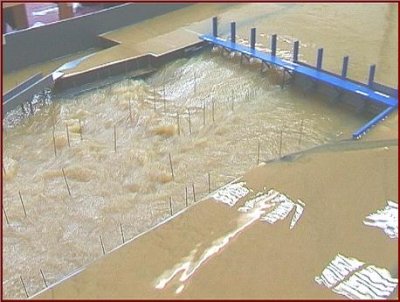
A physical model can accurately predict the effects of normal and exceptional flood events to allow development and assessment of existing and proposed assets/flood defences and the identification of areas of potential concern.
Scour
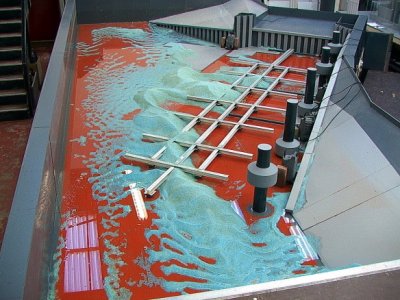
Scour assessment can be made with the provision of a representative mobile bed media. The media is selected and calibrated in accordance with the bathymetry of the river reach to allow simulation of the full scale dynamic characteristics.
Erosion
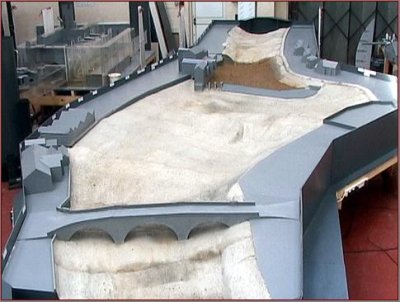
Physical modelling provides a reliable means of determining the potential for erosion local to existing and proposed structures, allowing suitable designs/remedial measures to be determined.
Impact of new and existing structures
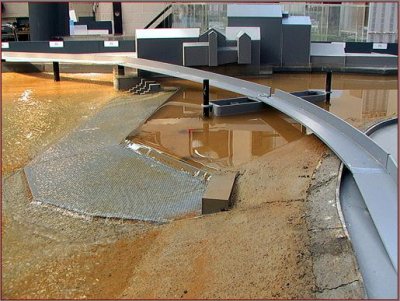
Hydraulic structures have an impact on the river regime, including afflux, hydraulic restriction and the resulting alteration of flow patterns. A physical model will allow a comprehensive assessment of these effects over a wide range of flows and water levels.
Flow abstraction
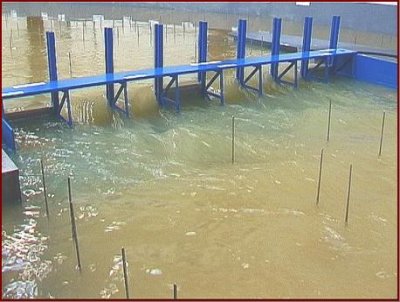
Flow abstraction from rivers is common practice; physical modelling can evaluate all aspects of intake design and the influence this may have on the existing river regime.
The modelled reach of the river will allow determination of a number of pertinent characteristics. These can include: the improvement of intake design in relation to sediment intrusion, scour, impact on flow patterns, interaction between conceptual design and siting of the intake, the river morphology, sediment, floating debris transport, river flow and river training works.
Deposition
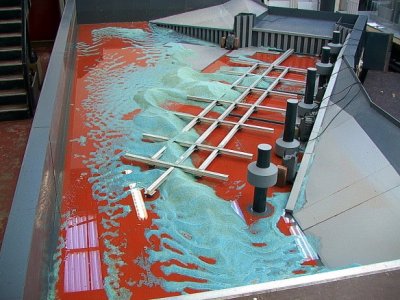
Physical modelling of a river can identify potential for deposition and persistent build-up of solids that may, over time, result in loss in capacity, blockage, an increase in maintenance and the potential for deviation of the primary river path. The physical model allows alternative designs and remedial measures to be readily assessed, developed and optimised.







